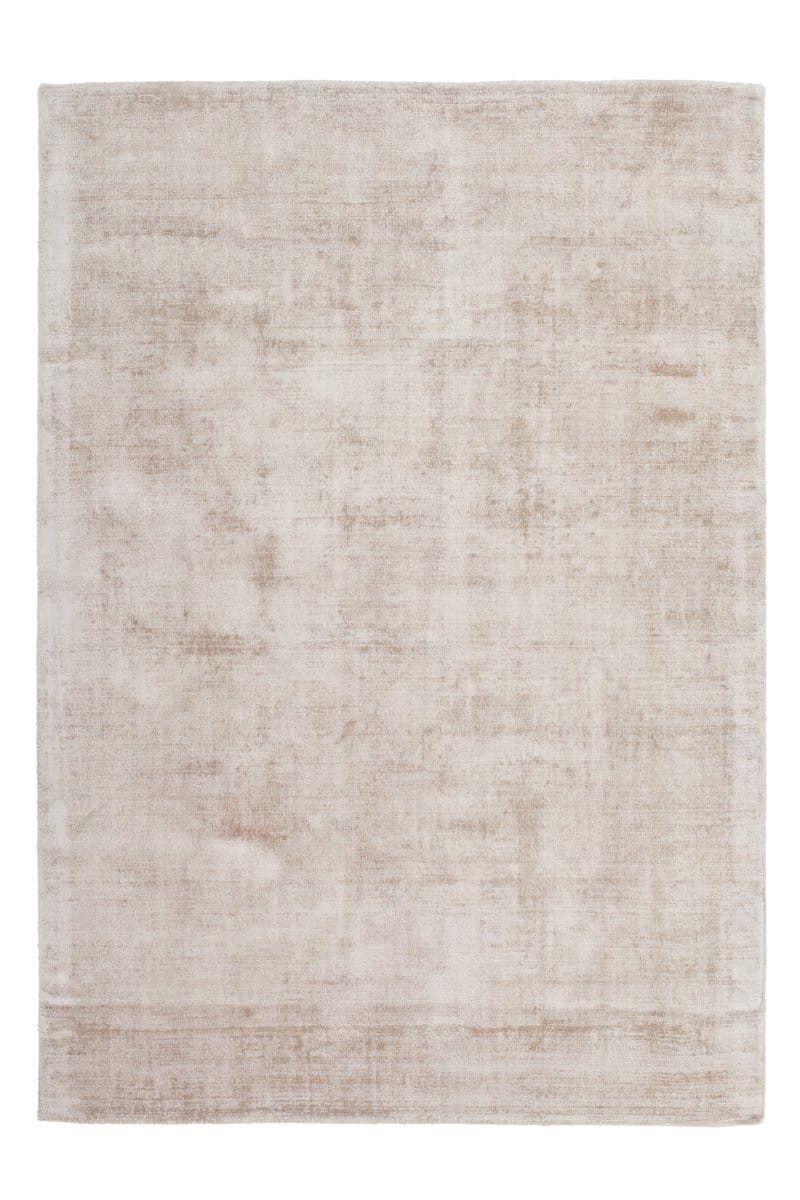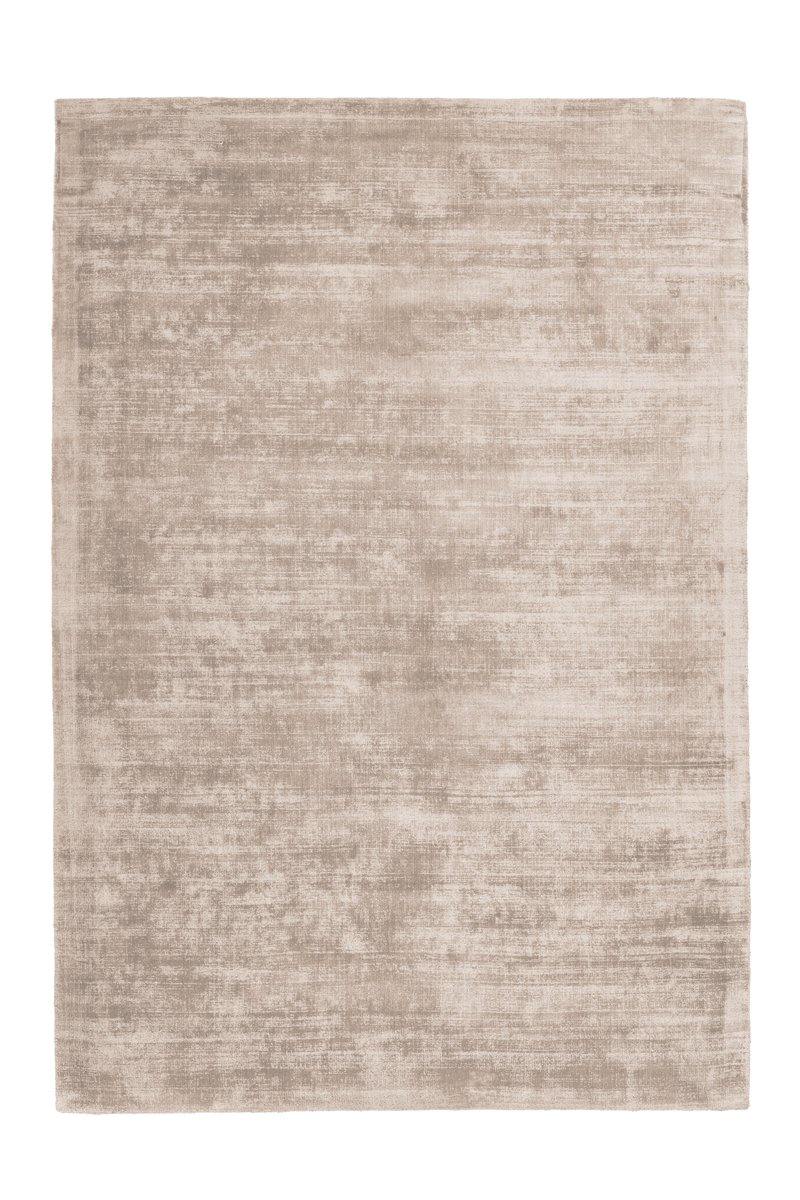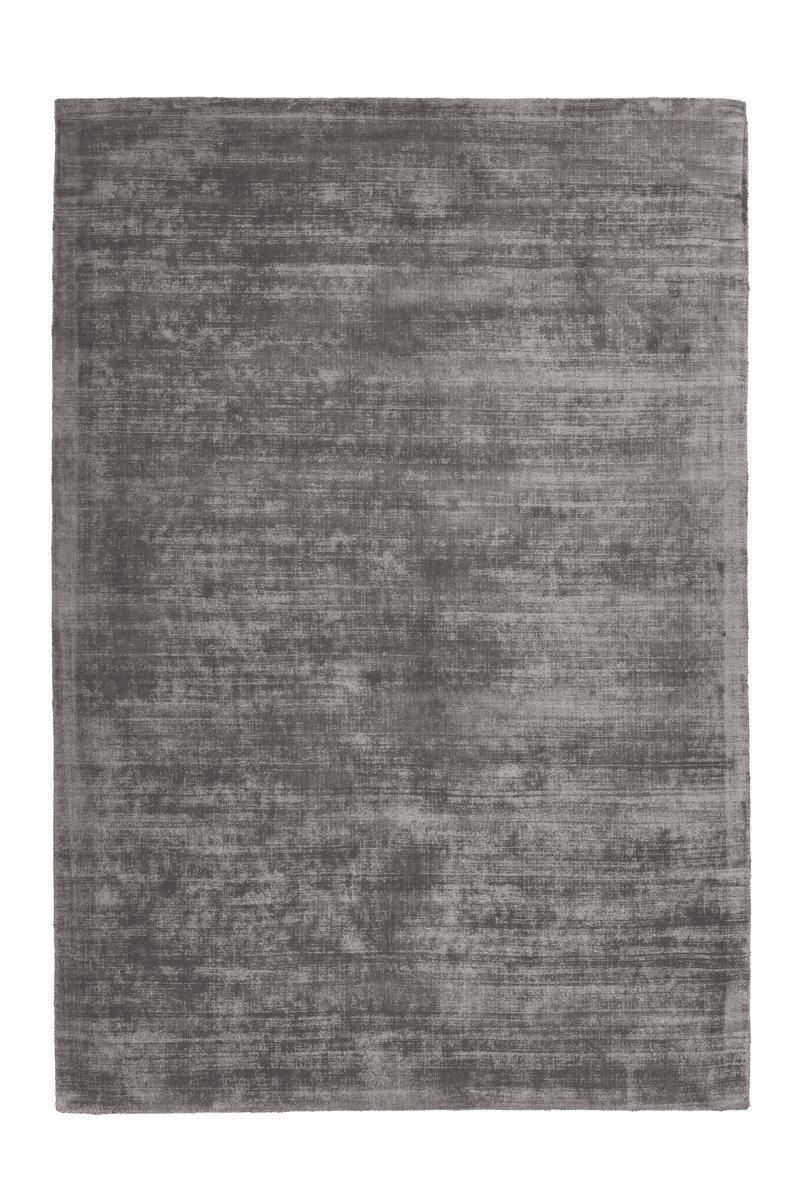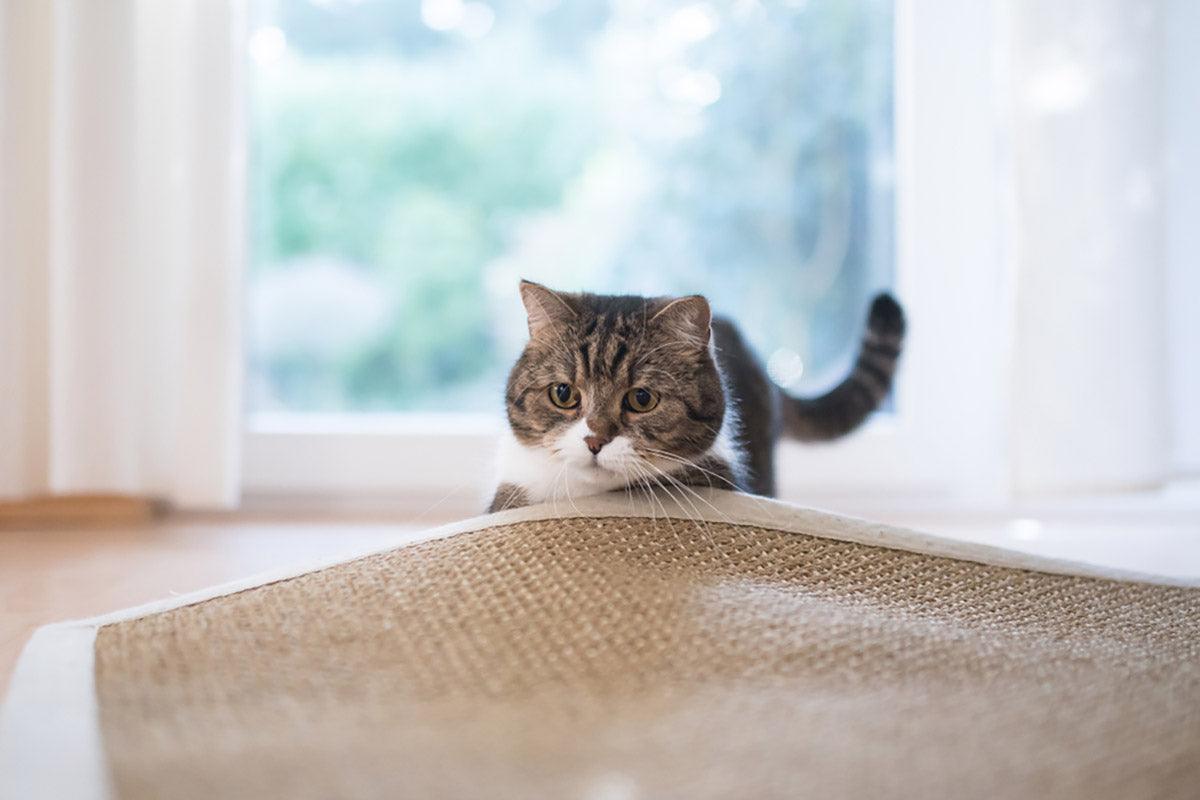Robust rugs made of sisal
What is a sisal rug?
The prickly shrub grows in the subtropics of East Africa and South America. The plant is undemanding, the farmers do without any fertilization or chemical preservatives. This is why sisal usually grows without pollutants. Incidentally, the port city of the same name is responsible for the name. Located on the well-known Yucatán Peninsula, it was here that global exports began.
Suitable for high loads
Each individual fiber is between 60 and 100 centimeters in length. It is shiny white, also yellowish or slightly orange. Exporters sort the material into bales by length, color and type, and as a natural filler, the sisal is even made into mattresses. In sports, it is used in the production of dart boards.
colors and patterns
Before buying, you should also decide whether the sisal rug should have a border or not. With a firm finish, the edges will not fray, and the edge can have a contrasting color or pattern with the rug.
What are the benefits of sisal?
A sisal carpet also has special properties in the working world. Because it is antistatic, which makes it the ideal floor covering in IT areas and in the home office. However, the fibers do not like the castors that office chairs are usually equipped with. Therefore, you should ensure adequate protection with an office chair pad.
For which rooms is a sisal carpet suitable?
- In the bathroom and in the kitchen
- In the bedroom, dining room and living room, in the hallway or in the hallway
- In the youth room
- On the terrace and balcony
- In rooms with high loads on the floor covering, i.e. in shops or offices
Sustainability: Sisal carpets are natural products
Due to its solid structure, the fiber is not suitable for finer textiles. Some suppliers therefore treat it with chemicals, so it becomes flexible and you can spin it. So if a product feels soft, if it is finely woven, then you can assume that the natural fiber has been heavily treated with chemicals. Some manufacturers now also use sisal to stabilize plastic fibers. However, the manufacturer must always declare that and which fibers he has mixed.
However, natural sisal can always be recognized by its stiff, coarse and very robust texture. The material is durable and resistant. If damage occurs, it is only because it can become brittle over the years. Some retailers only offer their customers products that have been tested for harmful substances. With a corresponding certificate, you can completely rule out chemical exposure. The pure natural product sisal is completely recyclable.
Clean sisal carpets
Is sisal easy to care for?
Because sisal is a natural fiber, it must not get wet. Otherwise, it may stretch or the applied dye will fade. Other possible consequences of unintentional moisture penetration are water stains or ripples. The water intolerance also means that you should avoid hand washing or machine cleaning.
Treat stains and waves
If, despite all caution, waves have formed in the sisal fabric, hot water from the heat-resistant spray bottle will help. Distribute the moisture evenly over the carpet and smooth out the waves by hand. You can also weigh down the treated areas until the carpet has had a chance to dry.
How long does a sisal rug last?
The lifespan of a sisal rug varies with use, care and other factors. In general, however, sisal rugs are very durable and can last for years with proper care. It is important to clean the carpet regularly by wiping it with a damp cloth or vacuuming it. It is also advisable to turn the sisal carpet regularly to compensate for wear and tear and to extend its life.
A sisal rug should be protected from strong sunlight as this can cause the colors to fade and the fibers to become brittle. Good care can greatly extend the life of the carpet and help keep it looking new for many years to come.






 Sisal carpet pure fabric - 100% natural
Sisal carpet pure fabric - 100% natural